Some years ago, an interpreter of the gospel scuppered a whole crusade for his wrong interpretation. A foreign missionary had come to Ghana for a crusade, and a man volunteered to do interpretation from English to twi. This is what ensued:
Preacher: And God told Abraham, “Kill the ewe in front of you for sacrifice instead of your son Isaac.”
Interpreter: (speaking in twi) Kill the “ayigbeni” in front of you for sacrifice…. (An ewe boy who was sitting on the front row at the crusade ground immediately took to his heels!)
The preacher sensing that something had gone amiss, said, “I mean the ewe”
The interpreter repeated in twi, “I mean the ‘ayigbeni.'” (The boy intensified his pace.)
Preacher: An ewe is a female sheep
Interpreter: An “ayigbeni” is a female sheep (he interpreted in twi)
The confused congregation at the crusade ground left for their homes thinking that the preacher had gone mad.
This shows how misleading misinterpretation could be, and I am very much worried about the misreporting and the misinterpretation of Ghana’s debt stock by some opposition elements who want us to believe that the country is collapsing because of government’s borrowing.
Borrowing to develop infrastructure in a country is not a bad thing at all. The African Development Bank (AfDB) estimates that deficient infrastructure reduces Sub-Saharan Africa’s output by about 40 percent, and believes that, to attain middle-income levels, Africa must double its investment in infrastructure. African nations at present invest about 2-3 percent of GDP in infrastructure. By contrast, China invests about 9 percent of its GDP in infrastructure projects.
According to Stephen Hayes, infrastructure is probably the single most important need for Africa to develop. Stephen is the president of the Corporate Council on Africa, a group that promotes US-Africa ties.
Infrastructure development comes with a huge cost, and the African Development Bank has again estimated that Africa will need to invest $93 billion annually over the next decade to meet its infrastructure needs. According to the June, 2015 edition of the “New African” magazine, the estimate for Nigeria is $15 billion a year, and South Africa envisages investing nearly $462 billion from 2012 to 2027.
Many advanced countries got to where they are today through borrowing. And I can prove this by mentioning the debt to GDP ratios of some developed nations.
China 282%, Ireland 102.324%, Greece 155.378%, Italy 103.208%, Japan 134.325%, Portugal 111.556%, UK 82.785%, USA 87.859%, France 84.065%, Belgium 83.304% and Hungary 72.772%. Interestingly, Ghana’s current debt to GDP ratio is 67.60%!
Within less than three years as president, His Excellency John Dramani Mahama has done so much in the area of infrastructure that it will be a daunting task enumerating all of them. I will just mention a few.
Health: Construction of a new Teaching Hospital at Legon, expansion of Tamale Teaching Hospital by 400 more beds, 500-bed Military Hospital at Afari in Kumasi. He has completed or constructing 6 regional hospitals, at least 14 district hospitals, over 26 polyclinics, and more than 18 health centres.
Education: More than 1,000 different projects have been executed in the second cycle level; excluding the 200-day SHS project, 73 of which are at various levels of completion. At the basic level, countless number of classroom blocks have been constructed in a bid to eliminate schools under trees and abolish the shift system.
Water: In excess of US$1.1 billion have been spent on the construction of new water systems, and expansion of some existing ones across the country. By the end of this year, 2015, Ghana would be covering 76% of the entire country, both rural and urban areas with good drinking water. This will be the second highest in Sub-Saharan Africa,
Roads: Extensive major road projects are ongoing in all 10 regions of the country; these include, the 3-tier ultra modern Kwame Nkrumah interchange, the eastern corridor roads, just to mention a few.
ICT: Construction of an 800-kilometre fibre optic ICT backbone infrastructure in the eastern corridor to provide broadband services to over 120 communities along the route from Ho to Bawku, with links to Tamale from Yendi. When completed this infrastructure would result in the reduction of bandwidth cost. This is just one of the numerous projects ongoing under ICT.
Transport: Tamale International Airport, expansion of Kumasi Airport, expansion of terminal building of Kotoka International Airport, construction of Volta Region Airport at Ho, construction of Wa International Airport, construction of brand-new Atuabo Free Port, expansion of Tema Harbour and the expansion of Takoradi Harbour.
Energy: Atuabo Gas Project, Kpone Thermal Plant which would produce 220 megawatts of power when completed, the TICO expansion project, 110 megawatts, Asogli Phase 2, 120 megawatts and the Tema Thermal Plant 38 megawatts; the first large scale wind project in West Africa, the Ayitepa Wind Farm would produce 225 megawatts when completed. These add up to about 725 megawatts, excluding the power barges expected in September this year. The current deficit which has brought about the dumsor conundrum is around 400 megawatts. Ghana has a national electricity coverage of 77%, and this is the second highest in Sub-Saharan Africa.
It is, therefore, significant to note that the tale of Ghana retrogressing because of her debt stock cannot be gainsaid. Ghana is a country on the move; she is about to breakout as the Shining Star of Africa under the terrific leadership of His Excellency John Dramani Mahama!
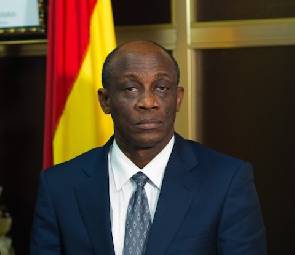
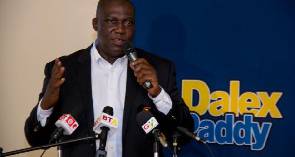
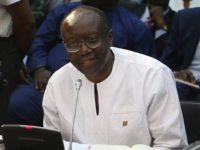
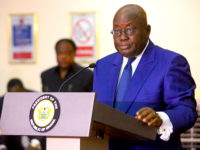

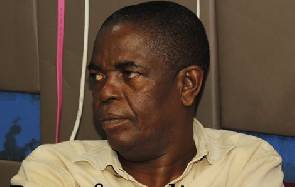
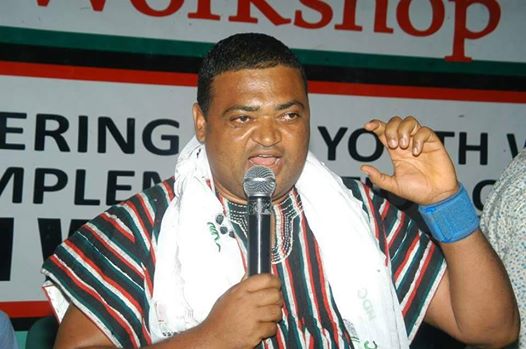
I agree with you. But you have natural resources, why not utilize them to the fullest?